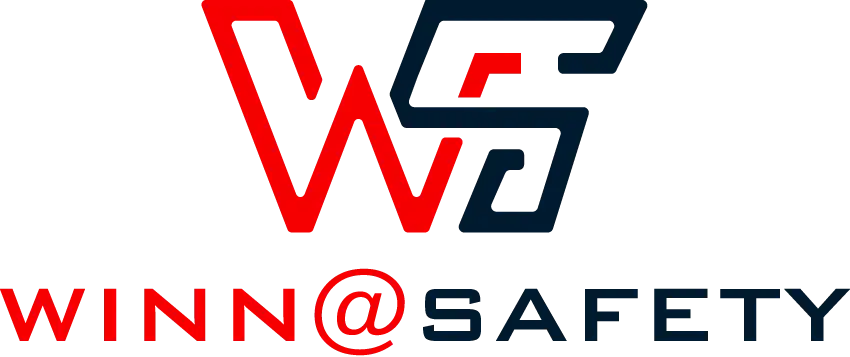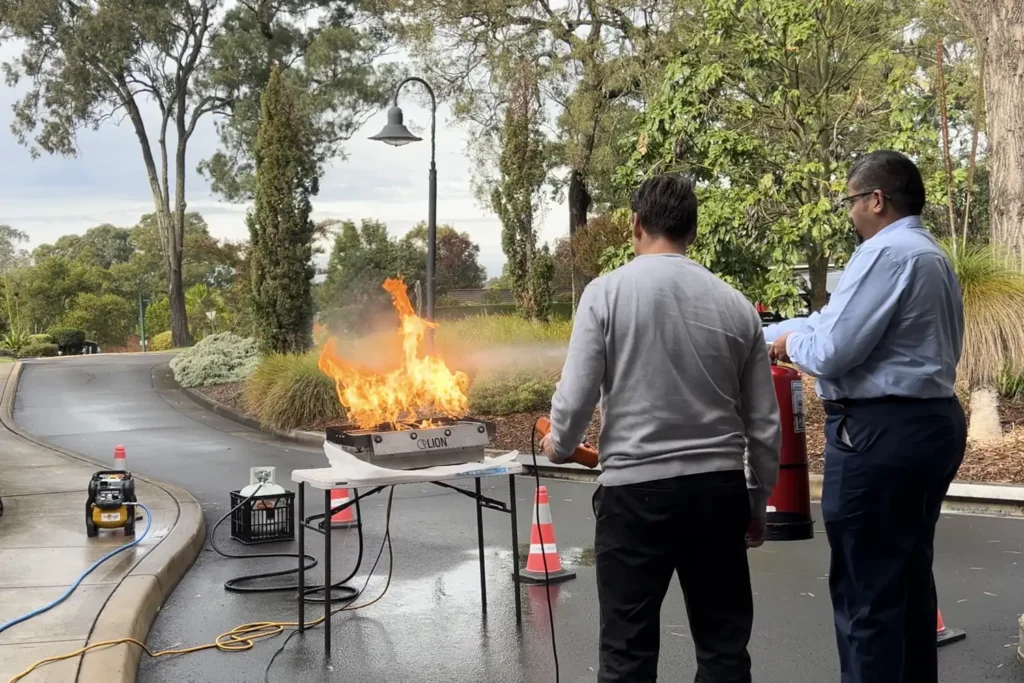In aged care facilities, safety isn’t a checkbox—it’s a commitment to the lives of some of our most vulnerable community members. Fire and other Emergencies may be rare, however they still happen more frequently than you are aware. When seconds count, how well your staff are trained can mean the difference between the situation being handled safely or there being serious harm and major damage.
Many aged care organisations are unaware of the key requirements for practical fire training and the impact this has on their training program. With the growing availability of online learning platforms, many aged care organisations are now thinking that online is good enough fire safety for their staff and the safety of the residents. Due to the standards in aged care and the requirement for practical training, hands-on training remains a non-negotiable. Here’s why:
Legal Obligations Go Beyond Awareness
Under NSW Health Policy Directive PD2010_024 and relevant aged care fire safety standards and Australian Standards 3745 Planning for Emergencies there is a clear requirement for practical fire and emergency training. This includes annual competency in the use of:
- Fire extinguishers,
- Fire blankets,
- Evacuation techniques, including resident movement and removal.
The directive emphasises that aged care staff must be physically competent in these areas—not just aware of them in theory. It’s not enough for staff to click through a fire safety module—they need to pick up the extinguisher, handle the fire blanket, and practise relocating a resident in real time.
Why Practical Training Works Better Than Online Alone
Here’s what aged care staff gain from face-to-face fire safety training:
- Muscle Memory – In an emergency, there’s no time to look up instructions. Staff need muscle memory—knowing instinctively, how to aim and sweep the extinguisher correctly, and how to apply a fire blanket without hesitation.
- Realistic Scenarios – Practical scenarios ensure staff feel the stress and physicality of a real fire event: alarms, smoke conditions, resident behaviour, and can communicate and work effectively under pressure.
- Resident Removal Techniques – Knowing what to use, how to use it and the limitations of a variety of methods for safely removing residents especially those who are non-ambulant. These techniques are only effective when staff train on real equipment with real movement and body mechanics. Many online courses omit this entirely.
- Team Coordination – Fire safety is rarely a solo effort. Practical sessions allow teams to coordinate roles, test response times, and improve communication—key to any successful evacuation.
Your Duty of Care: Practical = Prepared
Aged care facilities are obligated under WHS laws and aged care quality standards to ensure staff are equipped and competent, not just certified. Practical training demonstrates:
- Compliance with regulations
- Due diligence by facility leadership
- A proactive safety culture that residents and families can trust
- And most importantly—it prepares staff to respond calmly, confidently, and competently when every second counts.
How We Can Help
At Winn@Safety we specialise in on-site fire and evacuation training tailored to your aged care environments. Our training includes:
- Live fire extinguisher and fire blanket use
- Emergency scenarios with resident removal simulations
- Real-time feedback, coaching, and confidence building
- We bring the training to you—minimising disruption, maximising realism.
Let’s talk about how we can help your team stay compliant, confident, and capable. Because when it comes to fire safety in aged care, practical training isn’t just a best practice—it’s a life-saving necessity.




